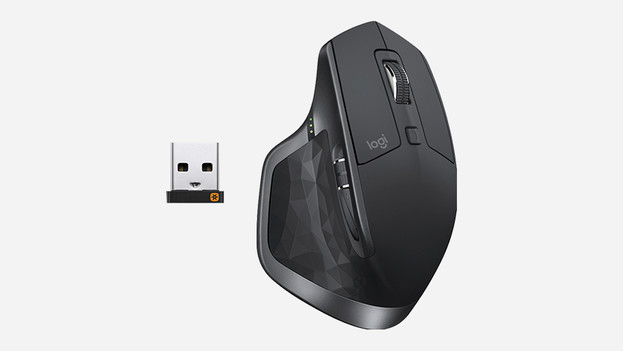Imagine being in the middle of a crucial work presentation, and suddenly, your mouse goes haywire, rendering you powerless. It’s a common experience that can be extremely frustrating, especially when a deadline looms. To avoid such mishaps and maintain seamless productivity, mastering the art of correctly connecting your mouse to your computer is paramount.

Image: www.goproductspro.com
Connecting a mouse may seem like a trivial task, but there are some important considerations to ensure a reliable connection and extend the lifespan of your device.
Understanding Mouse Connectivity Options
Mice can be connected to computers via various methods, each with its own advantages and limitations. Let’s explore the most common options:
1. Wired Connection via USB
A wired connection establishes a direct physical link between the mouse and the computer through a USB cable. This method is generally the most reliable, offering stable performance, minimal latency, and consistent power supply.
2. Wireless Connection: Bluetooth
Bluetooth technology allows you to connect your mouse wirelessly to your computer, eliminating the need for cables. It provides a convenient and less cluttered workspace but may be susceptible to interference from other devices and can suffer from occasional lag.

Image: hackanons.com
3. Wireless Connection: 2.4 GHz Wireless
This wireless technology uses a dedicated dongle or receiver to connect the mouse and computer. It offers a stable connection with low latency, making it ideal for gaming or other activities where quick response is crucial.
Step-by-Step Guide to Mouse Connection
Once you’ve chosen the appropriate connection method, follow these steps to connect your mouse to your computer:
- Wired Connection:
– Plug the USB cable into a free USB port on your computer.
– The computer should automatically detect and install the necessary drivers.
- Wireless Connection (Bluetooth or 2.4 GHz):
- Ensure your computer has Bluetooth or a USB receiver, depending on the technology used.
- Turn on the mouse and put it in pairing mode (usually by pressing a button on the bottom).
- On your computer, open the Bluetooth or receiver configuration utility and initiate pairing.
- Follow the prompts to complete the connection.
Once the connection is established, test the functionality of your mouse by moving it and clicking the buttons.
Tips and Expert Advice for Optimal Mouse Performance
– Choose the right mouse: Consider your hand size, grip style, and intended use when selecting a mouse. An ergonomic design can enhance comfort and reduce strain.
– Keep your mouse pad clean: Debris and dirt can interfere with mouse movement and accuracy. Regularly clean your mouse pad to ensure optimal performance.
– Adjust the mouse settings: Explore the settings in your operating system to customize mouse sensitivity, pointer speed, and button functions to suit your preferences.
Frequently Asked Questions (FAQs)
- Q: Can I use the same mouse with multiple computers?
A: Yes, you can connect most mice to multiple computers by switching the connection between devices.
- Q: Why does my mouse cursor jump or move erratically?
A: This could indicate a faulty mouse, a dirty or damaged mouse pad, or outdated drivers. Try replacing the mouse pad, cleaning the mouse, and updating the mouse drivers.
- Q: How do I troubleshoot a wireless mouse connection?
A: Check the batteries, ensure there’s no physical obstruction between the mouse and computer, and verify that the USB receiver (if used) is securely plugged in.
How To Connect The Mouse To The Computer
Conclusion
Connecting a mouse to your computer is a simple yet essential task for maintaining productivity and efficiency. By understanding the different connection methods and following the outlined steps, you can ensure a reliable and optimal mouse connection. Remember to follow the expert advice provided to enhance performance and longevity. If you encounter any challenges, don’t hesitate to explore additional resources or seek professional support.
Do you have any specific questions or insights related to connecting a mouse to a computer? Feel free to share your thoughts and experiences in the comments section below.


/GettyImages-1303637-two-way-mirror-57126b585f9b588cc2ed8a7b-5b8ef296c9e77c0050809a9a.jpg?w=740&resize=740,414&ssl=1)


